My Favorite Song
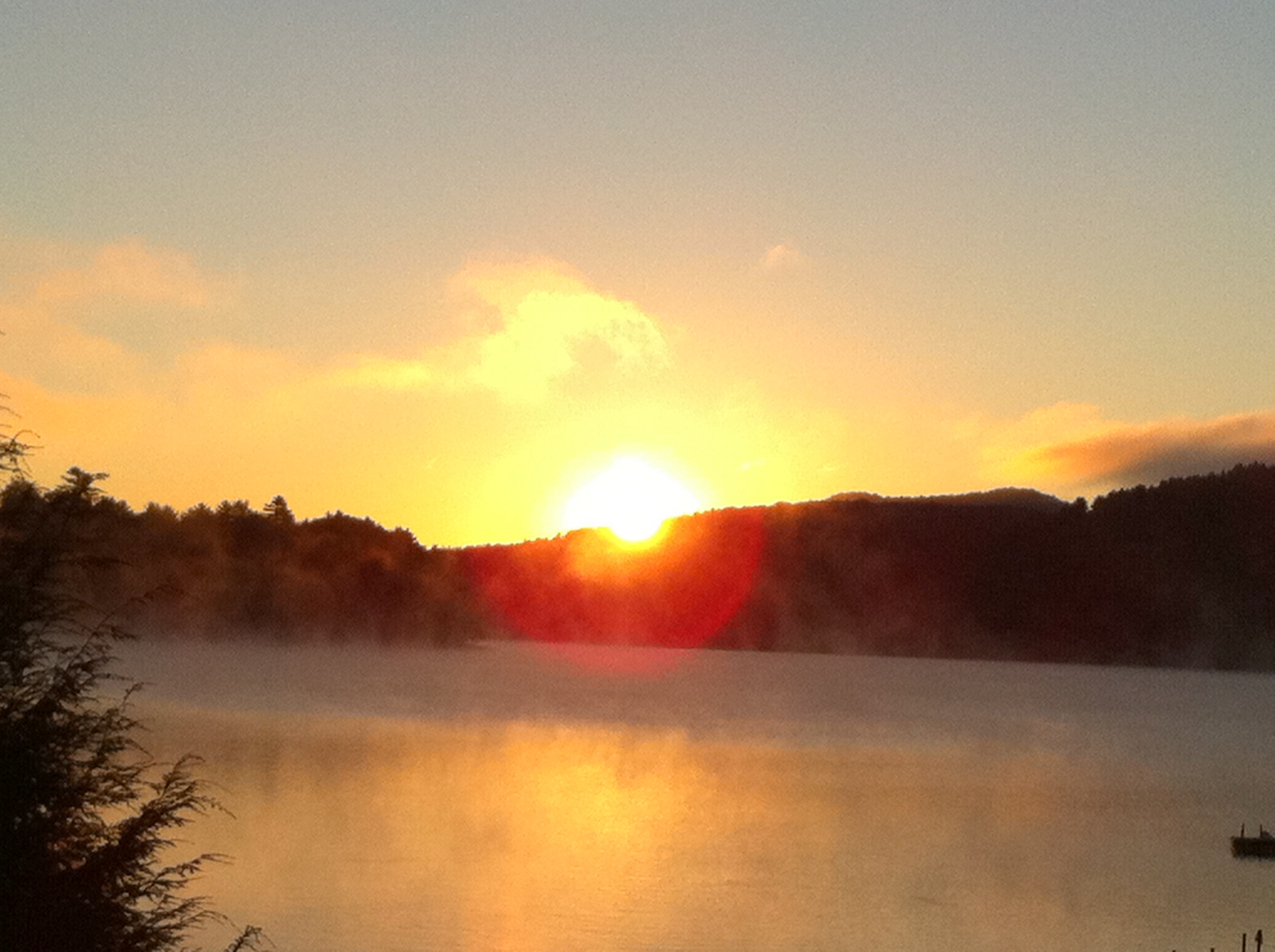
It starts off subtly. It almost sounds confused. An incongruent medley, tough to discern at first what it might be and what it means. There is a sort of clumsy humming and a low-level pitchy gyration. The first time you hear the song, and maybe even still, you likely turn your volume up to ensure that something intentional is actually playing.
You boost the speaker and hit the double arrow to go back to the start and get a better sense. And you still debate as to what the sound is. It’s almost eerie, but harmonious and moving at the same time. Then it hits you. It’s church organs. They’re synthesized for sure, but that’s the sound. Few things can be both eerie and soul-touching. A properly played organ can deliver either of those vibes depending on the circumstances.
Finally at the 30th second, a single distinguishable extended note perks up. That note perfectly transitions to a second slightly lower note, and then a third. All three are sharp, not necessarily technically from a tonal standpoint, but definitely musically incisive.
As those three notes repeat to begin another round of play together at the 41st second, the guitar kicks in. When it does, the owner’s sound is unmistakable. If you have a decent familiarity with U2, you know in an instant it’s source – the recognition is awesome. No one sounds like Edge. It’s not that others can’t sound like him, but anybody that tried to sound even remotely close would quickly be called a copycat and a poser. He simply owns that sound. I have since learned that the style is called arpeggio – meaning “broken chord” in Italian. It’s a style of musical play where a chord is played sequentially versus simultaneously… I get the chills and I get teary-eyed just thinking about the concept… I’m not even sure why.
I’ve listened to the song hundreds of times, and the initiation of Edge’s guitar gives me more chills than the organ. The riffs sound so simple, seemingly unarranged and impromptu like an extended jam at a live concert. But a few seconds into it, you realize its complexity. It is so quick and deliberate and quietly intense, and as the pace and the volume feed picks up, the chills intensify.
It takes a little while, but when the drums join the intro at the 1:09 mark, it is almost seamless. At 1:21, the bass goes into a low, sub-woofing dive and the drums and the guitar intensify, both getting faster and louder. And there is an occasional cymbal clash to add a splash of color. As it all comes together, your heart might begin to beat a little harder. Mine does.
If you play it back to when the drums started at 1:09, you realize that the bass actually began in accord with the percussion – making the seamlessness even more awesome. That’s the moment, at 1:09, when all instrumental elements are in gear… except for Bono’s words. Those don’t kick in until the 1:47 mark. And they too are outstanding.
Bono is an amazing song-writer, simply amazing. Whether you like his politics or not, admire his use of celebrity to promote or not, I think he is as conflicted, caring and ultimately as lost as the rest of us. And whether you believe in my God or your own, the spirituality of his lyrics are untouchable.
So much of what he writes is about belief in something greater. Something bigger than yourself or your perspective thereof or other’s perspectives of you. They are about searching for deeper meaning, no matter your faith, and meaning what you believe, and searching, and continuing to search. Like “What no man can own, no man can take” from Yahweh, which to me speaks to everything that isn’t materialistic and therefore most important in life. Other lyrics are quietly uplifting, simply urging you to pause for perspective, like the line “The end is not as fun as the start” from Original of the Species.
Many of Bono’s songs appear to talk about everyday happenings on the surface. But you need to listen closely and add some perspective to get where he is coming from. Like in “Beautiful Day” where he sings “See the bird with the leaf in her mouth. After the flood, all the colors came out.” Taken separately, the words might appear to be referencing common occurrences in the beauty of nature – a soaring bird and the clearing of a flood.
If you went to Sunday school, then you know without question that Bono is singing about the dove, the olive branch, Noah’s Ark and God’s rainbow. Your belief in the Bible or not, does not matter. What matters is that it’s there and it tells a story. A story that some see one way and others see their way.
The inspiration for “Where the Streets Have No Name” is said to have stemmed from a harsh reality in Ireland. In Dublin, there are apparently areas that are so socially fragmented that you can tell a person’s background, their social status, and even their occupation to a tee, based on their street name and house number. Not that other parts of the world don’t lead to the same social profiling. e.g. A Central Park West address is probably owned by a different person from one in Harlem, but either puts your residence in Manhattan. Apparently, in Dublin, this dynamic is very divisive. And Ireland is where the chord was struck for Bono.
In that world, and many others, a street with a name says to others who you are. And you are judged and maybe snubbed because of it. Maybe you’re snubbed for being poor and unmotivated or maybe you’re snubbed for being rich and greedy. Either way, with the introduction of prejudice based on a street name, a potential human connection is lost.
How shallow of us all? And we’ve all done it. We think we know someone by their “place” in the world. By a physical proximity to something that is either of more or less value than the average. It’s a numbers game, and it sucks. “Streets” is about imagining a place where that does not exist. Where you get to know and enjoy people for who they are. Where substance counts, not an address.
Some of it, like the first line, is about escaping – “I want to run, I want to hide.” Other parts are about lost love and pain. “Our love turns to rust…trampled in dust.” But the entire package, like many U2 songs, has a very positive and uplifting message when it’s all put together.
“I want to reach out, and touch the flame…”
“I wanna feel sunlight on my face….see the dust clouds disappear…”
“And when I go there, I go there with you.”
The line “And when I go there, I go there with you,” suggests to me that there are better places. And if someone is going to a better place, chances are that they would like to be with others when they do. Who wants to keep something better all to themselves? The biggest question of interpretation for me is: What is the meaning behind the word “you” in that line. “When I go there, I go there with you.” Is the “you” meant to be singular? Is it a wife, a child or another loved one? Is it the plural form of you, implying that many can join? Or is it much bigger.
Like any song, you can pick apart the lyrics however you see fit. Many, if not most musicians, will tell you that they want to relate to others via their words. To do that, lyrics have to be open to interpretation and allow someone else to put pictures or emotions behind what the author is saying. And oftentimes, even for an individual, that meaning can change over time.
One of the most powerful lines for me… now …is “I wanna feel, sunlight on my face.” What a simple and intensely important feeling. I guarantee most of us take it for granted most of the time. We might be so busy with our jobs or other distractions that we don’t even think about the simplicity of the sun and all that it affords us. To some people though, at certain times, its beauty and power can change an entire day, maybe influence a whole week or possibly even transform your entire condition.
During my wife’s mom’s last few days of an eight-year battle with ovarian cancer, we would bring her onto the deck at her house in a wheelchair to get some fresh air. It was just shy of spring in March and still cold, so we would wear jackets when we joined her. The trips were brief, so not much was said. When it was, a few of those conversations started off with something like “remember when…”
But I don’t think Barbara was thinking solely about the past. And for her, the decktop trips were not just about fresh air. When there was no conversation taking place and sometimes even during, Barbara would lift her face to the sky with her eyes closed and fight the trees to get peeks of sunlight on her face. A simple warmth. Warm moments that we again likely take for granted, were the times that she looked most at peace, despite her insurmountable pain. I think she was thinking about a better place. A place where the streets are nameless and where there is always sunlight on your face.
For me, “Streets” is about heaven. A place where none of the superfluous shit matters. Where “poison rain” and social statuses don’t exist. Where the love you have for the people that you know on Earth and those no longer with us, is all that matters. Where the “you” in “I go there with you” is about anyone that you’d want to be with; a single loved one, your entirety of family and friends, and even your God. Won’t he join you on that trip as the dust clouds disappear?
And the song finishes in the same way it began. With an extended outro of Edge on guitar being backed up by an organ – this time with a soft and peaceful feel to it. Continuing to take you wherever you want to go. Listen to “Streets” again or for the first time. And tell me you don’t get chills.



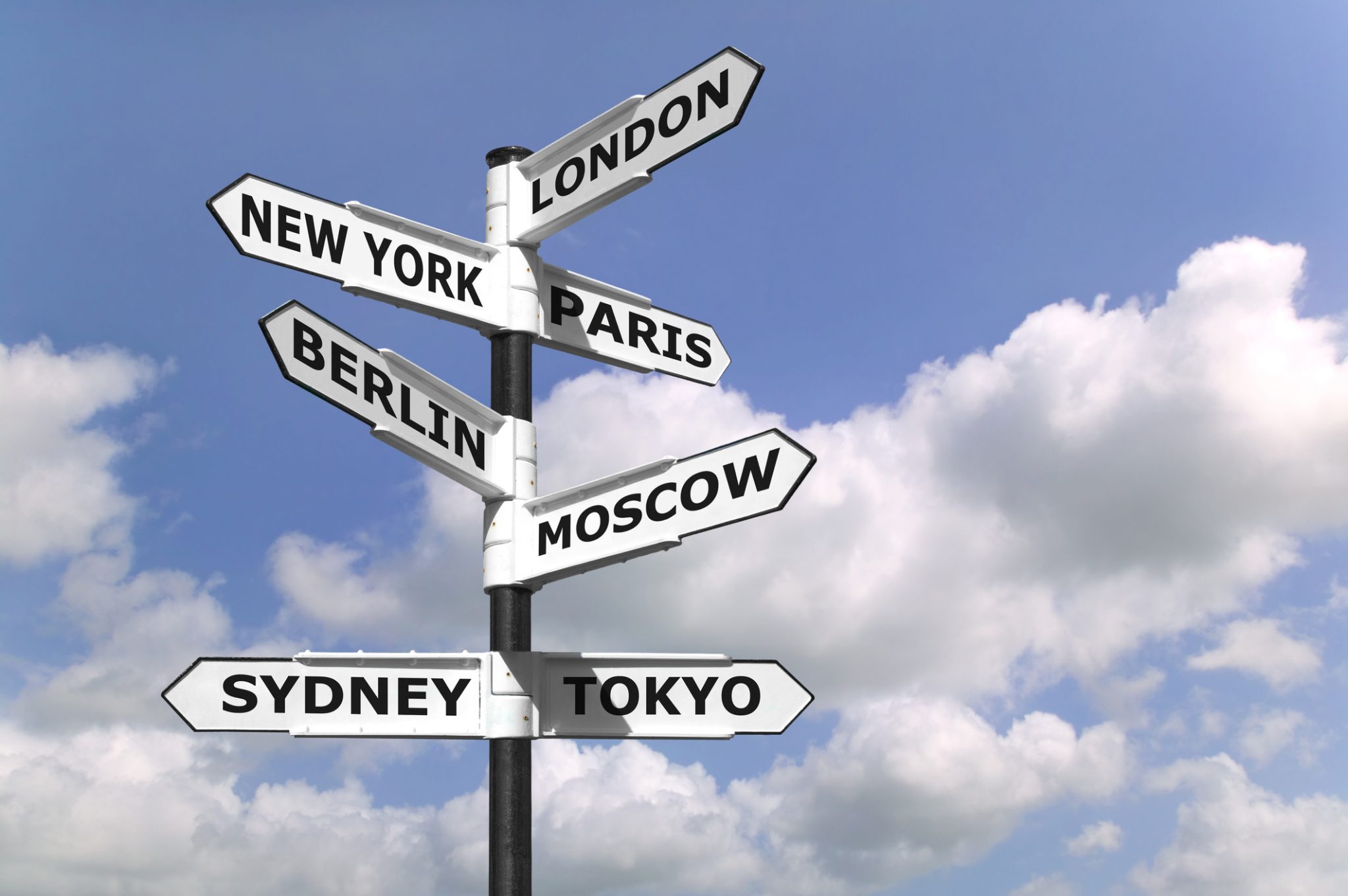
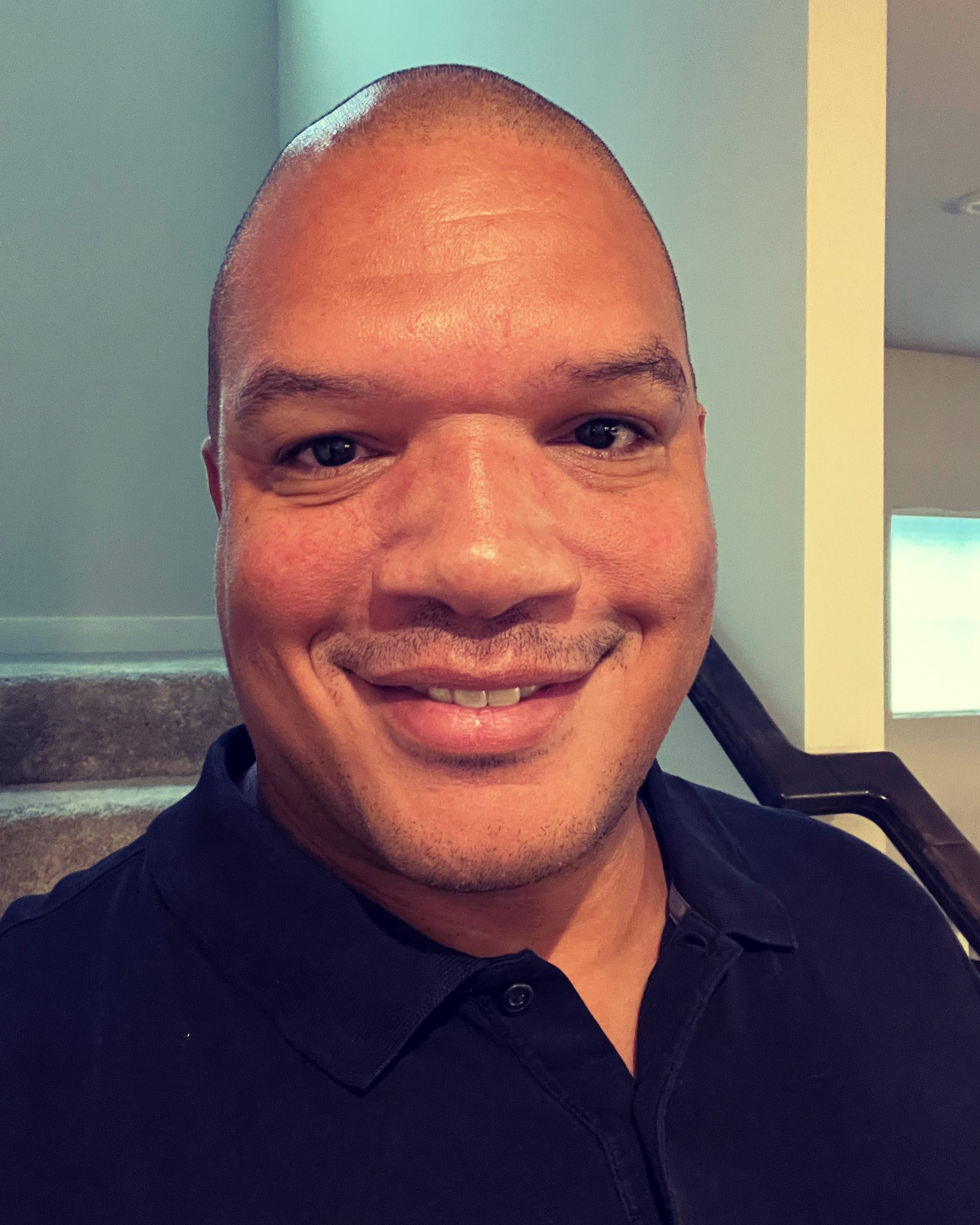
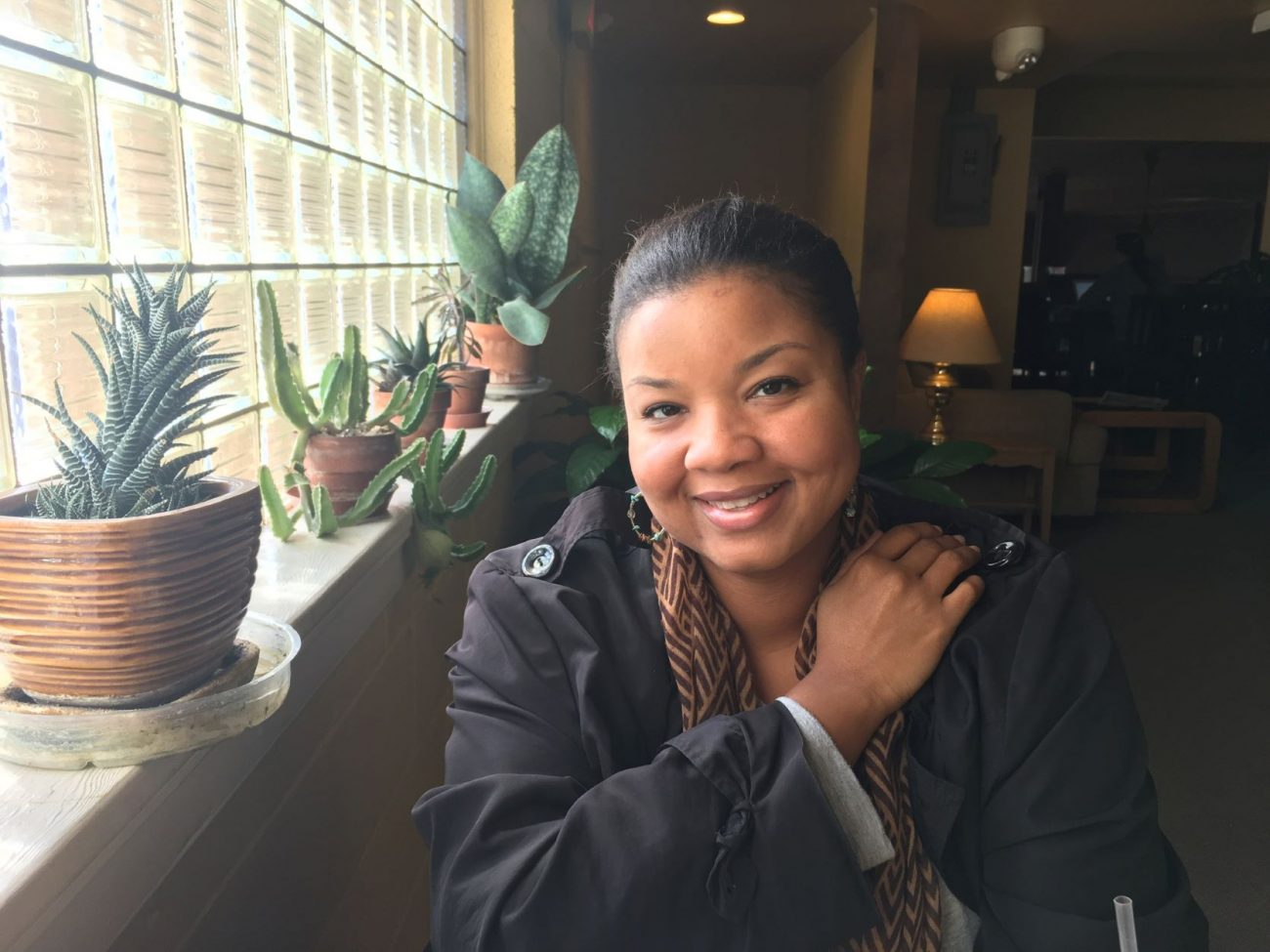
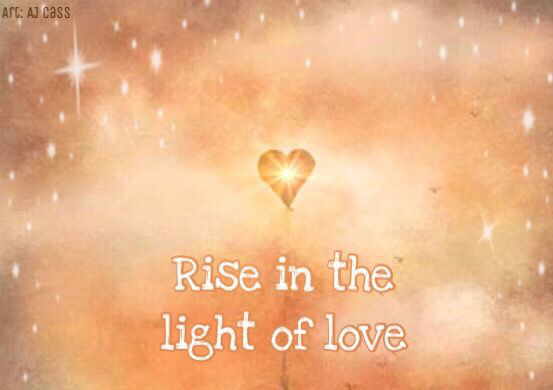
This is beautiful for so many reasons. Thank you for sharing.